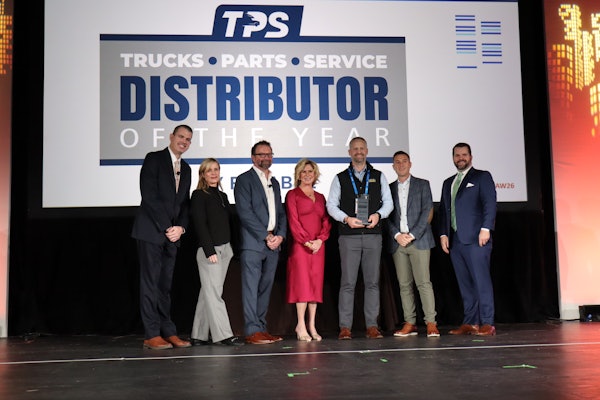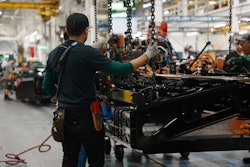Making your business visually enticing to customers dramatically impacts their perception of your products and services.
Think of any business you’ve entered only to turn around and leave because it appeared dirty or dingy — a facility that is visually unappealing is often viewed by consumers as subpar.
Which means if your operation isn’t attractive, customers may be making the same assumptions about your business.
Customer perceptions are formed by conscious and subconscious conclusions, says Butch Hill, president of HD Group. According to Hill, customers make hundreds of miniscule conclusions during all business transactions, and together those experiences form the basis of the customer’s perception about the service provider.
Hill says the best way for aftermarket businesses to tilt the scales in their direction is through facility ap- pearance. A business that’s both appealing and accessible is much more likely to elicit a positive customer response.
“Perception is the way people notice things,” he says. “For example, if you consider a service experience of a customer, it depends on multiple perception points, such as the parking facility, building color, lighting, friendliness, and most importantly, the shop’s cleanliness. In fact, every perception of the customers leads them to something called ‘an experience.’
“An experience is not the way customers perceive things, but it is the form it takes by connecting all the perception points, and that makes it the most important (yet ignored) metric for a lot of companies across this industry.”
Hunter Engineering National Heavy-Duty Market Manager Justin Gonzalez believes the heavy-duty market’s focus, or lack thereof, on facility design and appearance is about to change.
Gonzalez says the light-duty sector has actively integrated clean, transparent designs into its facili- ties for nearly a decade. Hunter has responded to that shift by offering consulting and assistance to that segment of its customer base, and is just now starting to see similar interest from heavy-duty businesses.
This benefits both markets in different ways, Gonzalez says.
In the automotive market, he says aesthetically pleasing facilities help promote open and honest dialogue between a business and a customer. This is especially true in the service sector. The fear of “getting taken” by a service provider is greatly reduced when a customer can look through a window into a shop and see their tire performing poorly on a balancing machine.
“It really creates an open door feeling,” he says. “It builds on a level of trust because you can show them exactly what’s wrong. Nothing is happening in secret.”
Gonzalez says that benefit carries over to the heavy-duty industry in a slightly different manner.
On the whole, Gonzalez says heavy truck owners are much more understanding and accepting of repairs than their auto counterparts. He says their doubt doesn’t come from the need for repairs so much as the timeline it will take to fix it.
“For a lot of [heavy-duty] customers, that truck is so much more to him than a minivan. It’s his business,” Gonzalez says. “So to not have that truck disappear, or be able to show him through a window or on a screen what is being done [in the shop] can really help.”







